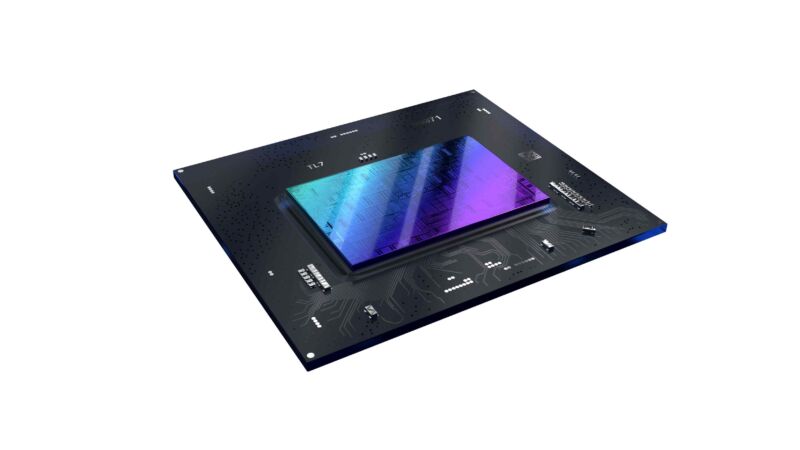

Intel’s $180 Arc A580 aims for budget gaming builds, but it’s a hard sell
source link: https://arstechnica.com/gadgets/2023/10/intels-180-arc-a580-aims-for-budget-gaming-builds-but-its-a-hard-sell/
Go to the source link to view the article. You can view the picture content, updated content and better typesetting reading experience. If the link is broken, please click the button below to view the snapshot at that time.

arc complete —
Intel’s $180 Arc A580 aims for budget gaming builds, but it’s a hard sell
But cheap Arc A750 cards make the A580 feel redundant, at least for now.
Andrew Cunningham - 10/10/2023, 5:28 PM

Intel's Arc GPUs aren't bad for what they are, but a relatively late launch and driver problems meant that the company had to curtail its ambitions quite a bit. Early leaks and rumors that suggested a GeForce RTX 3080 Ti or RTX 3070 level of performance for the top-end Arc card never panned out, and the best Arc cards can usually only compete with $300-and-under midrange GPUs from AMD and Nvidia.
Today Intel is quietly releasing another GPU into that same midrange milieu, the Arc A580. Priced starting at $179, the card aims to compete with lower-end last-gen GPUs like the Nvidia GeForce RTX 3050 or AMD Radeon RX 6600, cards currently available for around $200 that aim to provide a solid 1080p gaming experience (though sometimes with a setting or two turned down for newer and more demanding games).
The A580 is based on the exact same Alchemist silicon as the Arc A750 and A770, but with just 24 of the Xe graphics cores enabled, instead of 28 for the A750 and 32 for the A770. That does mean it has the exact same 256-bit memory bus as those higher-end cards, attached to a serviceable-for-the-price 8GB pool of GDDR6 RAM. Reviews from outlets like Tom's Hardware generally show the A580 beating the RTX 3050 and RX 6600 in most games, but falling a little short of the RTX 3060 and RX 7600 (to say nothing of the RTX 4060, which beats the Arc A750 and A770 in most games).
AdvertisementOne problem for the A580 is that it uses a lot more power than any of those GPUs, including the ones that beat it. The other is that the Arc A750 can also be had for less than $200 right now—this version from Sparkle only costs $190 as of this writing, barely more than the A580's launch price. Intel officially cut the A750's price to $249 early this year, but next-generation competition from Nvidia and AMD has pushed prices down substantially since then.
Despite low prices and mostly decent performance, none of the Arc cards have yet proven popular enough to crack Valve's Steam Hardware Survey results, one of the best ways we have to measure a GPU's popularity among PC gaming's install base. All of Nvidia's RTX 40-series cards have charted as of September 2023's data, as has AMD's RX 7900 XTX. But no Arc GPU has done well enough to escape the "other" category, which covers about 10 percent of all GPUs.
Credit where it's due, though; Intel has gradually improved Arc's buggy launch drivers, especially regarding the performance of older games that use the DirectX 9 and DirectX 11 graphics APIs. The A580 will benefit from all of this work, too.
Intel allegedly had planned an Arc A780 GPU that would have tried to compete more directly with the RTX 3070, but Intel has denied that such a card was ever planned. Without a more powerful Alchemist card coming, Intel's next chance to compete with higher-end, current-generation GPUs from Nvidia and AMD won't come until its next-generation GPU silicon (codenamed "Battlemage") launches. Rumors suggest this will happen sometime next year.
Recommend
About Joyk
Aggregate valuable and interesting links.
Joyk means Joy of geeK